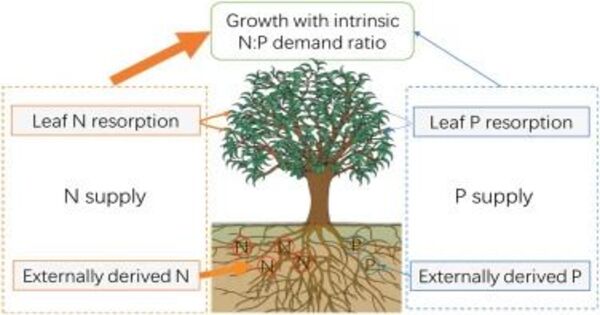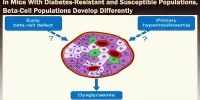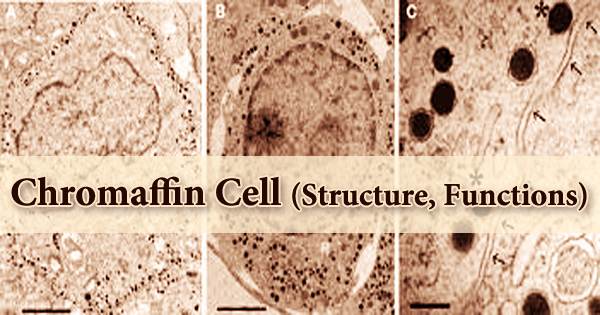Nutrient resorption is the process by which nutrients are removed from senescent plant tissues. It works as a nutrient-conservation mechanism. It is affected by a variety of environmental and physiological mechanisms. It refers to the process by which plants recover and reabsorb nutrients from senescent or dying plant parts, particularly leaves, before they are shed.
Plants resorb nutrients from senescent tissues and shift them to active growing sections of the plant, such as new leaves, fruits, or storage organs. This process is important for plants because it allows them to preserve key nutrients like nitrogen, phosphate, and potassium, which would otherwise be lost when leaves fall to the ground and disintegrate.
Here are some key points about nutrient resorption:
- Types of Nutrients: The nutrients commonly resorbed include nitrogen (N), phosphorus (P), potassium (K), calcium (Ca), magnesium (Mg), and others. Nitrogen is particularly important because it is often a limiting nutrient in ecosystems.
- Mechanism: As leaves age and begin to senesce (yellow and die), enzymes break down complex organic molecules into simpler forms, allowing nutrients to be mobilized and transported back into the plant’s vascular system.
- Factors Affecting Resorption: Several factors influence the efficiency of nutrient resorption, including environmental conditions (e.g., nutrient availability, temperature, moisture), plant species, and nutrient stoichiometry (ratio of nutrients).
- Ecological Importance: Nutrient resorption plays a crucial role in nutrient cycling within ecosystems. It reduces the nutrient demand from soil and influences nutrient availability for other organisms. Efficient resorption is also linked to plant competitiveness and ecosystem productivity.
- Implications of Climate Change: Climate change, such as higher temperatures or shifting precipitation patterns, can have an impact on plant nutrient resorption efficiency. Warmer temperatures, for example, may accelerate nutrient cycling, affecting ecosystem nutrient dynamics.
Overall, nutrient resorption is an important ecological mechanism that enables plants to thrive in nutrient-limited situations by recycling and reusing critical nutrients. It highlights the complex interplay between plant physiology and ecosystem nutrient cycling systems.
















